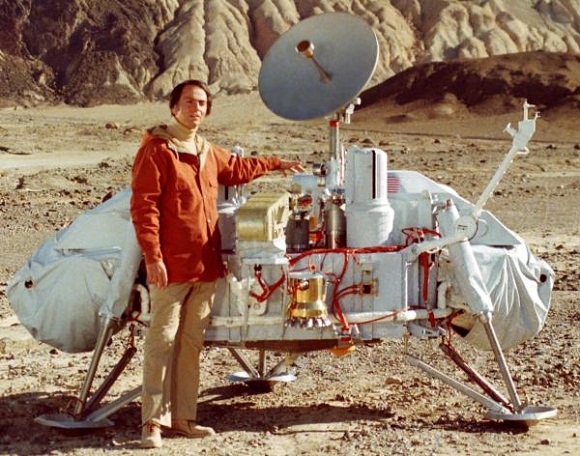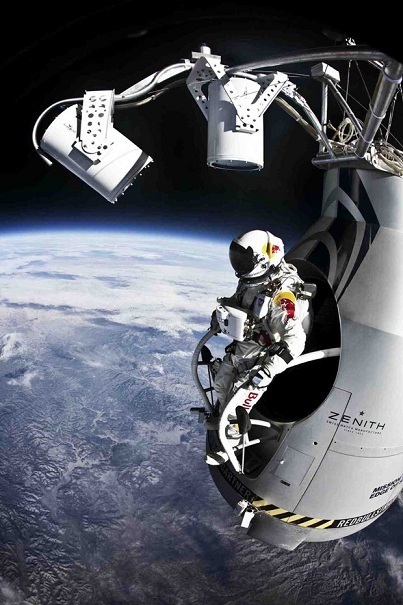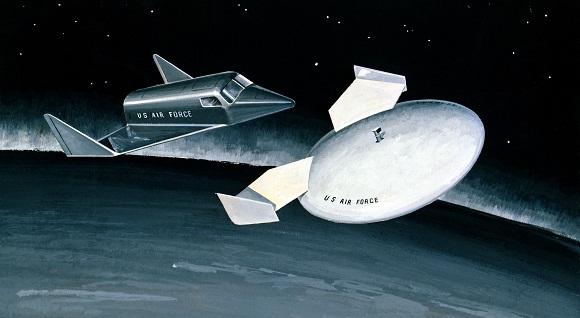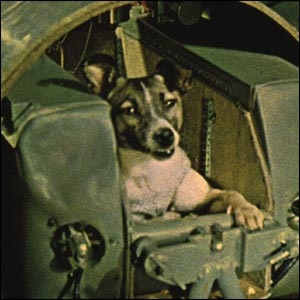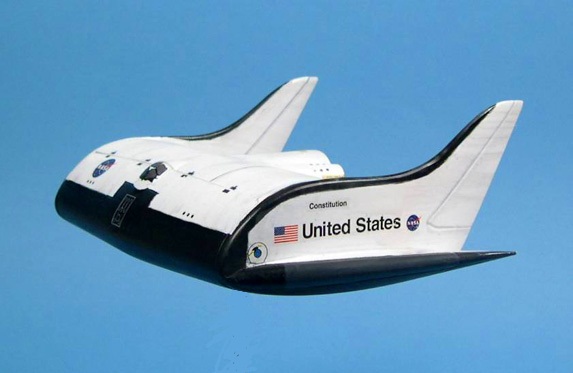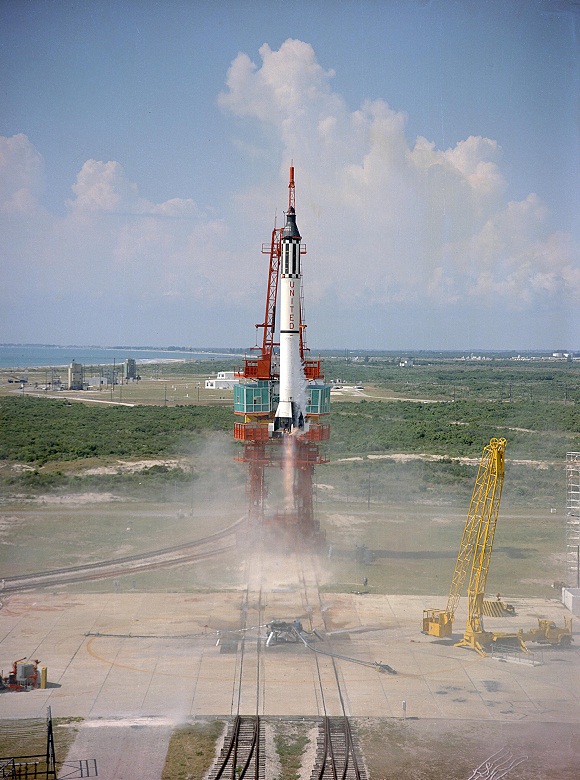15 Questions about the Moon Landings
Armstrong and Aldrin were the first two people on the Moon when Apollo 11 landed there in July 1969. This astonishing achievement (which it should not be forgotten was followed by five more successful landings) continues to fascinate our readers who are still eager to learn more about the details. Read more











